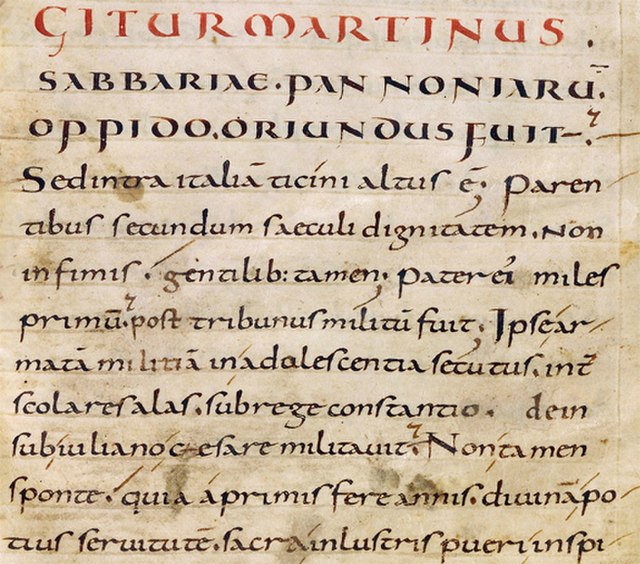Pseudobiography of L. Ron Hubbard
Scientology founder L. Ron Hubbard made a number of false claims about his life and background. His estranged son Ronald DeWolf (Nibs) reported that "Ninety-nine percent of what my father ever wrote or said about himself" was false. An acquaintance who knew Hubbard in Pasadena recalled recognizing Hubbard's epic autobiographical tales as being adapted from the writings of others. In October 1984, an American judge issued a ruling, writing of Hubbard that "The evidence portrays a man who has been virtually a pathological liar when it comes to his history, background and achievements."
The L. Ron Hubbard House museum in Washington, D.C.
A hagiography is a biography of a saint or an ecclesiastical leader, as well as, by extension, an adulatory and idealized biography of a preacher, priest, founder, saint, monk, nun or icon in any of the world's religions. Early Christian hagiographies might consist of a biography or vita, a description of the saint's deeds or miracles, an account of the saint's martyrdom, or be a combination of these.
Page from the Vita Sancti Martini by Sulpicius Severus
Calendar entries for 1 and 2 January of the Martyrology of Oengus.
Example of Greek Orthodox visual hagiography. This is one of the best known surviving Byzantine mosaics in Hagia Sophia – Christ Pantocrator flanked by the Virgin Mary and John the Baptist made in the 12th century.




